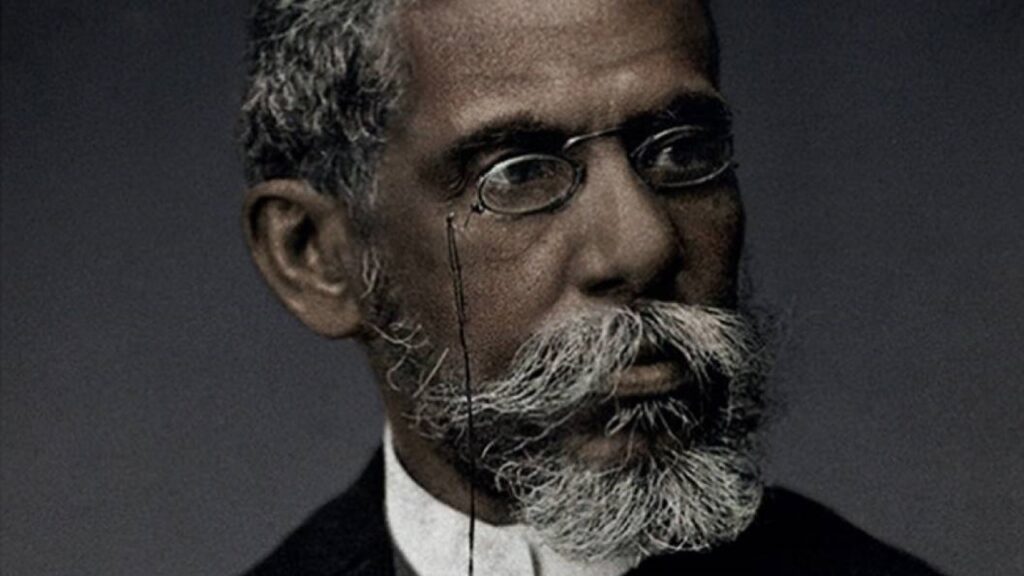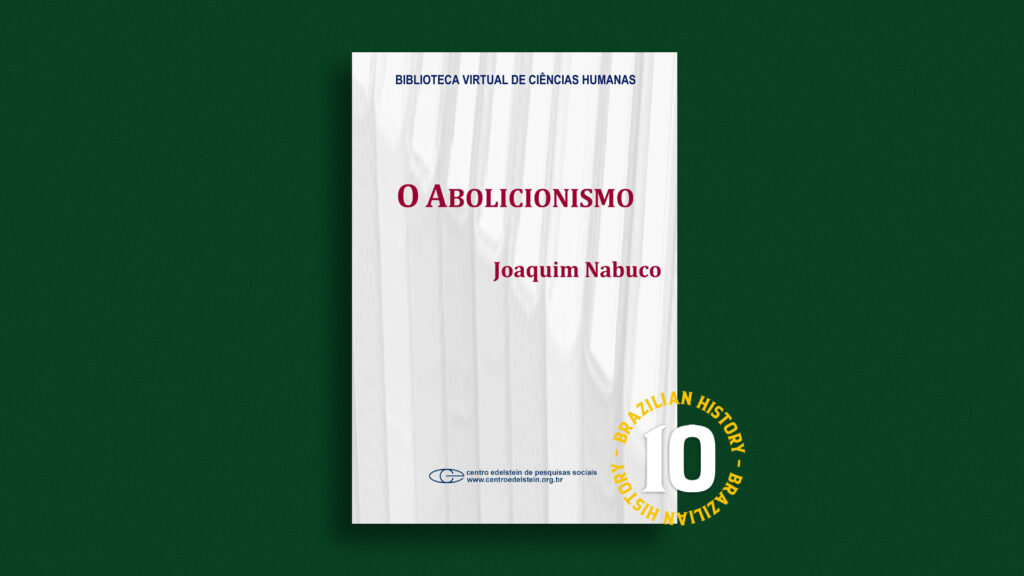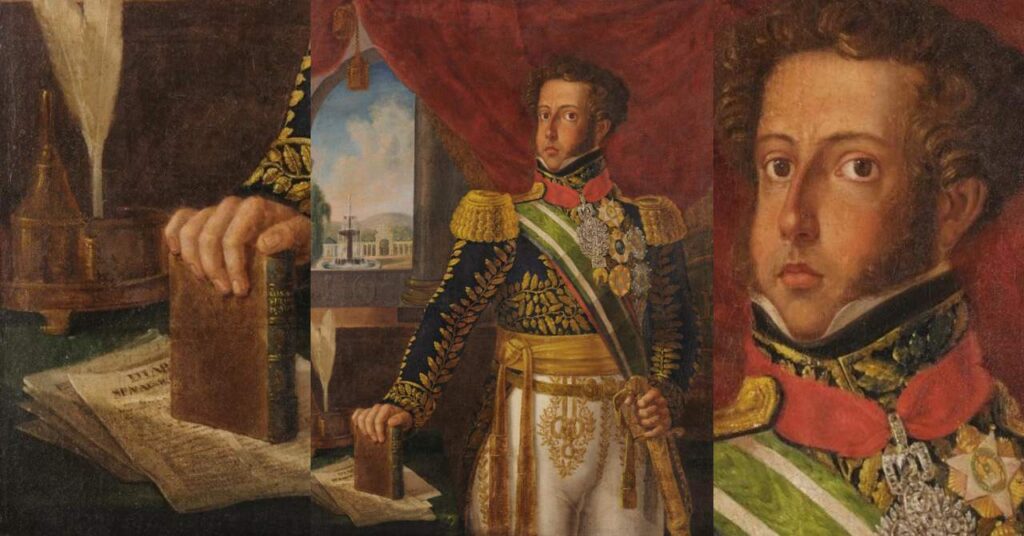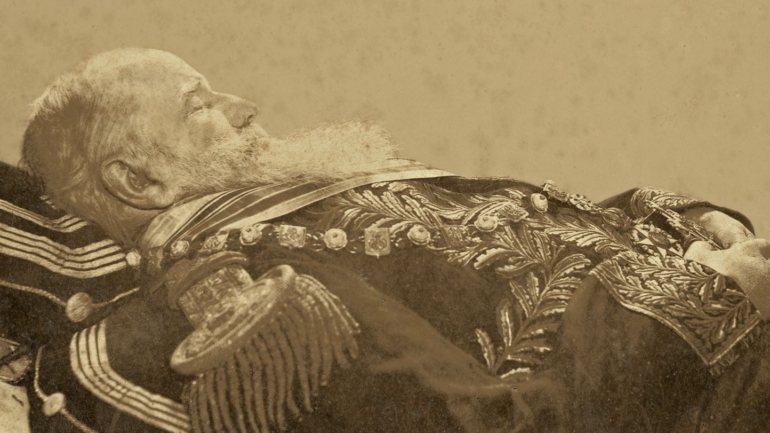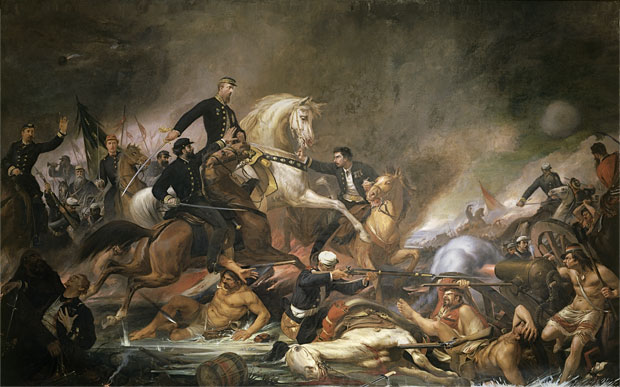
Discover the official language of Brazil
Discover the official language of Brazil! In Brazil, the official and spoken language is Portuguese. The reason Portuguese is the predominant language in the country dates back to the period of colonization by the Portuguese in the 16th century. The linguistic history of Brazil is closely linked to the arrival

